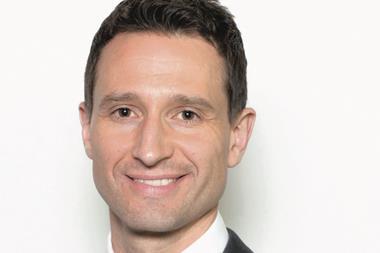Continental Europe appears to have largely escaped the trend known in the US as the ‘Great Retirement Boom’, where an economically comfortable cohort of 50 to 64-year-olds has retreated from work in the post-COVID period.

In the UK, a million people in this age group have left the workforce since the pandemic, according to a recent report by Phoenix Group.
A 2022 paper by the US Federal Reserve found that the retired share of the US population was almost 1.5 percentage points above the pre-pandemic level, which accounts for nearly all of the shortfall in the labour participation rate.
The EU, by contrast, has recorded a satisfactory increase in labour market participation among the over-55s.
Between 2005 and 2019, the proportion of economically active workers in the 55-64 age group increased by 21 percentage points and a comfortable majority now work. The proportion of workers aged over 55 increased from 12% to more than 20% in that time.
The EU expects the proportion of economically active over-55s to continue increasing, reaching around 72% by 2040. Policies like France’s new pension reform, which promotes later retirement, are helping to drive up numbers. But the protests that accompanied the passage of President Macron’s pension law tell us that some electorates are highly protective of social and retirement entitlements.
Voter opposition to increasing retirement ages can be mitigated by transparent policies, linking retirement to demography, for instance.
Sweden’s decision to link the retirement age to life expectancy is a strong factor in boosting the retirement system, according to the country’s Pension Agency.
In the Netherlands, a similar linkage resulted in a slower rise in the retirement age as increases in life expectancy have slowed.
Veronika Grimm, a member of Germany’s Council of Economic Experts, has proposed a more proportionate linkage between life expectancy and working life, suggesting that people only shoulder two-thirds of each year’s increases, meaning the retirement age would go up by eight months for every 12 months of increased life expectancy.
The over-50s have skills and experience across the economic spectrum, and their future participation in the labour force will be important not just for the sustainability of pension systems but also for Europe’s competitiveness.
But a disproportionate number of blue-collar workers are medically unfit for work, and are more likely to support policies promoting early retirement. Of course, fair policies should ensure social justice for those who have had overly strenuous working lives. Politicians in Denmark, Italy, Germany and elsewhere have responded with policies that exempt some workers from working longer.
The over-50s may be a more politically engaged group whose votes are keenly contested, and paying them off with an early pension is tempting. But there is also recognition that their skills are vital. In Germany, Grimm is concerned about a skills shortage, given the nation’s demographic challenges, as well as the role of pension policy.
Germany’s Council of Economic Experts – known as die Wirtschaftsweisen – point out that the ‘Rente mit 63’ early retirement policy is disproportionately used by well-trained, healthy, above average earners, exacerbating the skills shortage.
If Europe has escaped the Great Retirement Boom, it may be facing a retirement crunch. With rising government borrowing costs and poor demographics, public pension systems across the continent are likely to face greater pressure, and the period of political and fiscal largesse towards pensions may be coming to an end. It will be harder to soften the edges of necessary policies.
If state pension systems are unable to afford the same level of benefits as before, the role of supplementary pensions becomes more important.
There has been mixed progress across Europe on the second pillar. In Germany, despite policies to facilitate defined contribution pension schemes, there has been little take-up. The current mish-mash of second and third-pillar schemes and incentives has to be streamlined.
In France, which shares some of Germany’s mistrust towards funded pensions, there has been clearer progress and a shakeup of pillar-two and three savings schemes. Assets look set to top €200bn by 2024.
What remains uncertain is European retirement savers’ risk appetite. Fund managers need not hold their breath in anticipation of a sudden inflow of second and third-pillar pension assets to equities.
Europe might be a patchwork of retirement systems and policies but its savers remain conservative and are unlikely to embrace risk in the same way as workers in the US or the UK, even if policymakers are slowly awakening to the benefits of funded pensions.
Liam Kennedy, Editor
liam.kennedy@ipe.com





































No comments yet